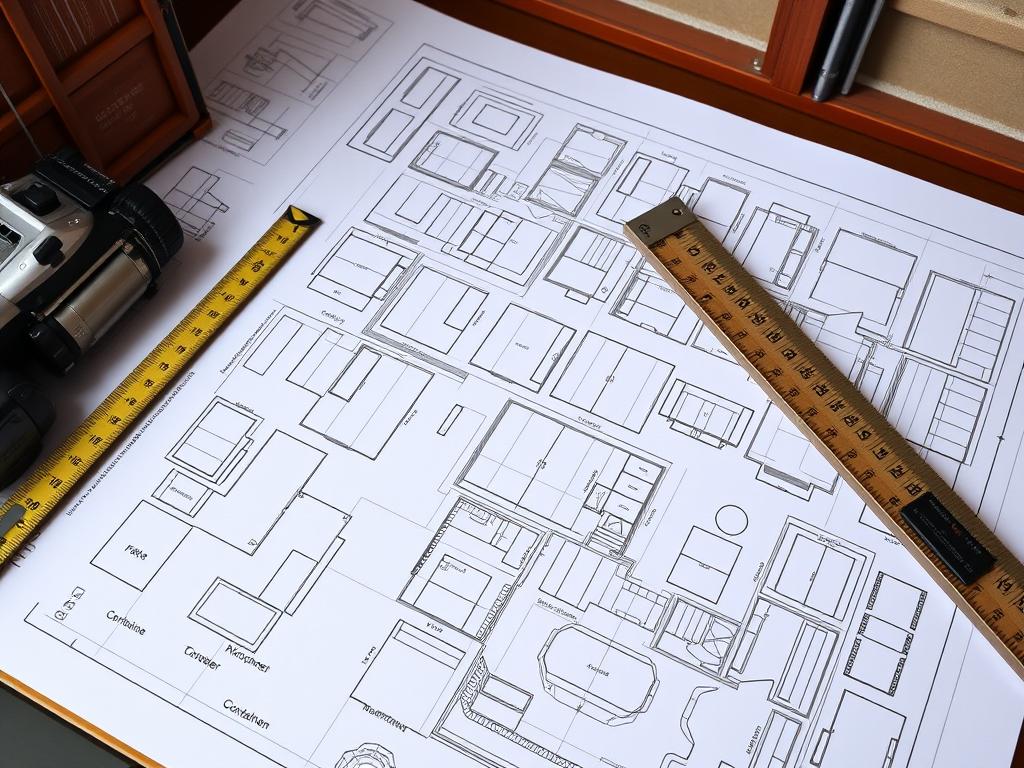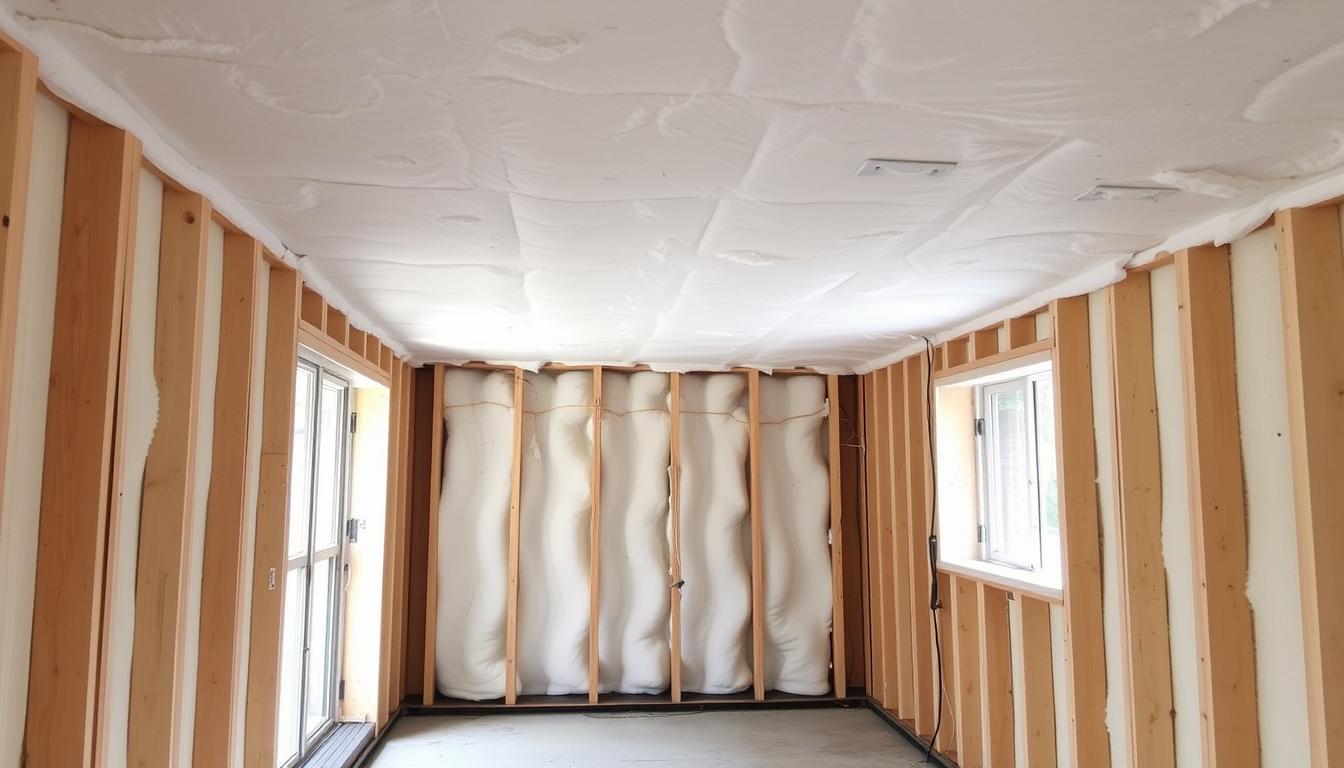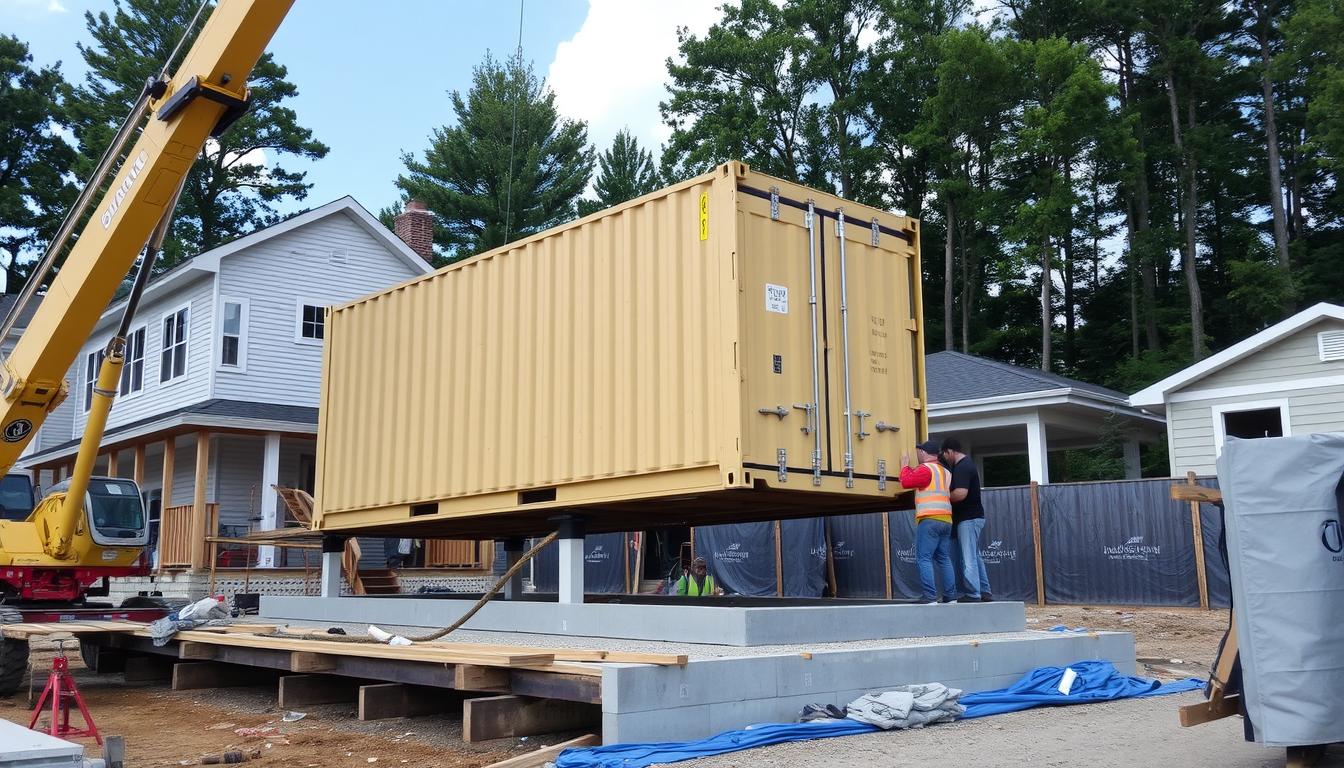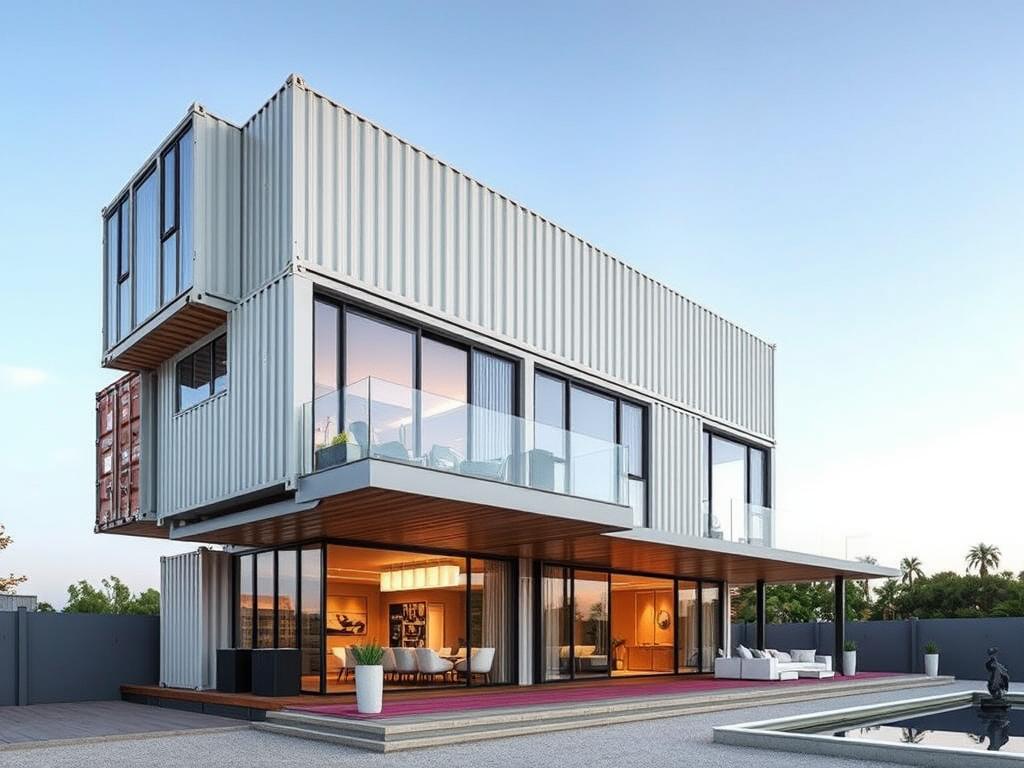Get Your Free Container Home Planning Guide
Start your journey with our detailed planning checklist, cost calculator, and permit guidance. Download now and take the first step toward your dream container home!
Pros and Cons of Shipping Container Homes
Before diving into the building process, it’s important to understand the advantages and limitations of container homes compared to traditional construction.

Modern shipping container home showcasing aesthetic possibilities
Advantages
- Cost-Effective – Generally 20-30% cheaper than traditional construction
- Eco-Friendly – Repurposes existing materials, reducing waste
- Durability – Built to withstand harsh ocean conditions and heavy stacking
- Speed of Construction – Can be completed in 2-3 months vs. 6-12 for traditional homes
- Mobility – Potential to relocate your home if designed properly
- Modular Design – Easy to expand by adding more containers
- Unique Aesthetic – Industrial modern look that stands out
Challenges
- Zoning Restrictions – Some areas have strict regulations against container homes
- Insulation Requirements – Metal conducts heat/cold, requiring excellent insulation
- Structural Modifications – Cutting openings requires reinforcement
- Potential Toxins – Used containers may contain harmful chemicals
- Limited Space – Standard containers are narrow (8ft wide)
- Humidity Control – Requires proper ventilation to prevent condensation
- Specialized Skills – Welding and metal work knowledge needed
Planning Your Shipping Container Home
Proper planning is crucial for a successful container home project. This phase involves understanding regulations, creating a realistic budget, and developing a comprehensive design.

Detailed planning documents for a container home project
Zoning Laws and Building Permits
Before purchasing containers or land, research local regulations thoroughly. Container homes often face unique regulatory challenges.
State-Specific Examples: California typically requires container homes to meet the same building codes as traditional homes. Texas often has more relaxed regulations in unincorporated areas. Florida has strict hurricane-resistant requirements that actually favor container construction.
Contact your local building department early in the process to understand:
- Zoning restrictions for alternative housing
- Minimum square footage requirements
- Foundation requirements
- Setback regulations
- Utility connection permits
Budget Breakdown
Understanding costs helps prevent surprises and financial strain during your build.
| Expense Category | Estimated Cost Range | Percentage of Total | Notes |
| Land | $5,000 – $100,000+ | 25-40% | Varies dramatically by location |
| Containers | $1,500 – $6,000 each | 10-15% | New containers cost more but have fewer issues |
| Foundation | $2,000 – $10,000 | 5-10% | Depends on soil conditions and design |
| Structural Modifications | $2,000 – $8,000 | 5-10% | Cutting doors, windows, reinforcement |
| Insulation | $1,500 – $5,000 | 3-7% | Critical for energy efficiency |
| Electrical/Plumbing | $5,000 – $15,000 | 10-15% | Professional installation recommended |
| Interior Finishing | $7,000 – $25,000 | 15-25% | Flooring, walls, kitchen, bathroom |
| Labor (if hired) | $10,000 – $30,000 | 20-30% | DIY can significantly reduce this cost |
Download Detailed Floor Plans
Get access to 10 proven container home floor plans with material lists and cost breakdowns. Perfect for planning your own build!
Design Essentials for Container Homes
Effective design addresses the unique challenges of container architecture while maximizing their inherent strengths.

Insulation installation in a container home
Thermal Insulation Options
Metal containers conduct heat and cold efficiently, making proper insulation critical for comfort and energy efficiency.
Spray Foam Insulation
Pros: Excellent R-value (R-6 per inch), creates air/vapor barrier, fills irregular spaces
Cons: More expensive, requires professional installation, can’t easily access wiring later
Cost: $3-$5 per square foot
Best for: Cold climates where maximum insulation is needed
Panel Insulation Systems
Pros: DIY-friendly, allows access to walls later, more affordable
Cons: Lower R-value, potential thermal bridges, requires careful vapor barrier installation
Cost: $1.50-$3 per square foot
Best for: Moderate climates, DIY builders, budget-conscious projects

Structural modifications for windows and doors
Structural Modifications
Containers derive their strength from the corrugated walls and frame. Any cuts require proper reinforcement.
Safety Warning: Always consult with a structural engineer before making major cuts in container walls. Improper modifications can compromise the structural integrity of your home.
Window and Door Openings
When cutting openings for windows and doors:
- Mark the opening precisely, allowing for framing
- Reinforce above the opening with steel headers (lintels)
- Use a plasma cutter or angle grinder with metal-cutting blade
- Install steel framing around the perimeter of the opening
- Seal all cut edges with rust-inhibiting paint
Combining Multiple Containers
For larger living spaces, containers can be combined by:
- Side-by-side placement – Removing adjacent walls with proper reinforcement
- Stacking – Creating multi-story structures with proper load transfer
- Offset arrangements – Creating interesting architectural features

Floor plan for a multi-container home design
Step-by-Step Construction Process
Building a container home involves several key phases, each requiring careful planning and execution.

Foundation preparation with concrete piers
Foundation Types
The right foundation depends on your soil conditions, climate, and budget.
Concrete Pier Foundation
Best for: Most container homes
Pros: Cost-effective, minimal site disruption, good drainage
Cons: May not meet code in all areas
Cost: $2,000-$5,000
Concrete Slab Foundation
Best for: Larger permanent structures
Pros: Stable, meets most building codes
Cons: More expensive, requires more site prep
Cost: $5,000-$10,000
Pile Foundation
Best for: Unstable soil, flood zones
Pros: Works on difficult sites, elevates structure
Cons: Specialized equipment needed
Cost: $7,000-$15,000

Container placement using a crane
Container Placement and Connection
Proper placement is critical for structural integrity and future comfort.
Safety Tips for Container Handling:
- Always use certified lifting equipment and experienced operators
- Never stand under a suspended container
- Ensure the foundation is perfectly level before placement
- Use guide ropes to control movement during placement
- Secure containers to the foundation using anchor bolts or welded plates
Connecting Multiple Containers:
When joining containers:
- Align containers precisely before final placement
- Weld containers together at multiple points along the frame
- Install waterproof flashing between containers
- Reinforce openings between containers with steel framing
- Seal all connections against water and air infiltration

Electrical and plumbing installation
Electrical and Plumbing Integration
Installing utilities in a metal structure requires special considerations.
Electrical Installation:
- Use conduit for all wiring (metal containers can conduct electricity)
- Install a proper grounding system
- Plan electrical runs before insulating
- Consider surface-mounted electrical channels for easier future access
- Install a main electrical panel with adequate capacity for expansion
Plumbing Considerations:
- Use PEX piping for water lines (flexible and freeze-resistant)
- Install plumbing in interior walls rather than exterior container walls
- Create a dedicated utility chase for main plumbing runs
- Consider on-demand water heating to save space
- Plan for adequate slope in drain lines
Real-World Container Home Examples
These inspiring projects demonstrate what’s possible with shipping container architecture.

The Minimalist Single
Containers: One 40-foot high-cube
Square Footage: 320 sq ft
Features: Full bathroom, kitchen, murphy bed, fold-down deck
Cost: $38,000
Build Time: 3 months

The Family Four
Containers: Four 40-foot high-cubes
Square Footage: 1,280 sq ft
Features: 3 bedrooms, 2 bathrooms, open living area, rooftop deck
Cost: $125,000
Build Time: 6 months

The Luxury Stack
Containers: Six containers (mix of 20 and 40-foot)
Square Footage: 2,000 sq ft
Features: 3 bedrooms, 2.5 bathrooms, office, high-end finishes
Cost: $350,000
Build Time: 10 months
“We built our container home for under $45,000 and now live completely off-grid. The structure is incredibly strong, and our energy costs are minimal thanks to proper insulation and solar power.”

The Millers’ off-grid container home in Colorado
The Millers used two 40-foot containers placed side by side, creating a 640 square foot home. They installed:
- 3kW solar system with battery backup
- Rainwater collection and filtration
- Composting toilet system
- High-efficiency wood stove for heating
- Spray foam insulation throughout
Their total costs included $4,000 for land preparation, $8,000 for two used containers, $12,000 for structural modifications, $15,000 for interior finishing, and $6,000 for off-grid systems.
Need Expert Guidance?
Our container home specialists can review your plans, help with permit applications, or provide full design services. Schedule a consultation today!
Maintenance Tips for Container Homes
Proper maintenance ensures your container home remains durable, efficient, and comfortable for decades.

Regular exterior maintenance prevents rust and deterioration
Rust Prevention
Metal containers are susceptible to corrosion, especially in humid or coastal environments.
- Inspect exterior surfaces annually for rust spots or paint damage
- Apply marine-grade rust inhibitor to any exposed metal
- Maintain exterior paint or cladding to protect the metal shell
- Keep gutters clean to prevent water from running down container walls
- Maintain adequate ground clearance to prevent moisture wicking from soil
Ventilation and Moisture Control
Condensation can be a significant issue in container homes due to the temperature differential between the metal exterior and interior spaces.
- Install and maintain a mechanical ventilation system
- Use dehumidifiers in humid climates
- Ensure bathroom and kitchen exhaust fans vent completely outside
- Check for and seal any air leaks around windows, doors, and utility penetrations
- Consider a heat recovery ventilator (HRV) in colder climates
Energy Efficiency
Maintaining energy efficiency reduces costs and improves comfort.
- Regularly check and replace weather stripping around doors and windows
- Clean or replace HVAC filters monthly
- Consider adding shade structures to reduce solar gain in summer
- Inspect insulation for any compression or damage
- Use programmable thermostats to optimize heating and cooling
Conclusion: Your Container Home Journey
Building a shipping container home combines the satisfaction of creating a unique, personalized living space with the benefits of sustainability and potential cost savings. While the process involves challenges, proper planning, design, and execution can result in a durable, efficient, and beautiful home that stands out from conventional construction.
Whether you’re drawn to container homes for their eco-friendly aspects, modern aesthetic, or budget-friendly potential, the key to success lies in thorough research, realistic expectations, and attention to detail. By following the guidelines in this comprehensive guide, you’ll be well-equipped to navigate the exciting journey of creating your own shipping container home.

A finished container home project showcasing the potential of this unique building method
Ready to Start Your Container Home Project?
Download our complete container home building toolkit with checklists, supplier contacts, and step-by-step instructions to make your dream a reality.

